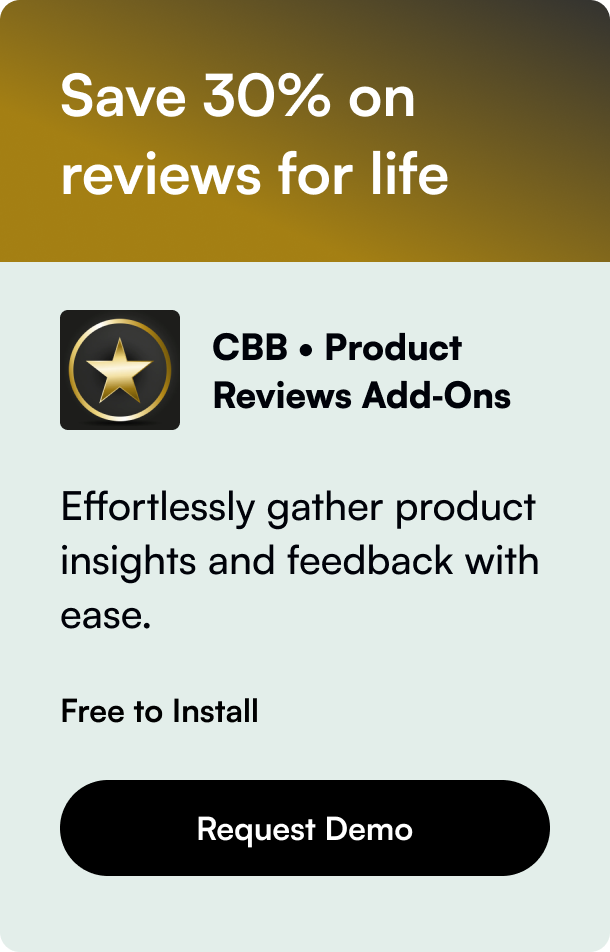Table of Contents
- Introduction
- What Is Dropshipping?
- Why Dropship From Amazon to Shopify?
- Getting Started: Your Step-by-Step Guide
- Maximizing Success: Tips and Best Practices
- FAQ
Are you considering starting an eCommerce business with minimal upfront investment? Dropshipping from Amazon to Shopify could be your golden ticket. This blog post will guide you from being a beginner to becoming an expert in the lucrative world of dropshipping, leveraging two of the most powerful platforms in the digital marketplace.
Introduction
Imagine starting an online store without worrying about inventory or upfront product costs. That's the beauty of dropshipping, a business model where you sell products on your website but rely on third-party suppliers to store and ship the products directly to your customers. Among the plethora of options available for dropshipping, pairing Amazon's vast product catalog with Shopify's user-friendly eCommerce platform stands out as a promising strategy. But how do you navigate this partnership effectively? Whether you're entirely new to this concept or looking to optimize your current eCommerce strategy, this guide will equip you with all the necessary insights and steps to make your dropshipping venture successful.
What Is Dropshipping?
Dropshipping is a retail fulfillment method where a store doesn't keep the products it sells in stock. Instead, when you, the store owner, sell a product, you purchase the item from a third party—like Amazon—and have it shipped directly to the customer. This means you never have to deal with physical products directly. Your focus is on marketing, customer service, and managing your online storefront.
Why Dropship From Amazon to Shopify?
Access to a Massive Product Selection
Amazon is a global leader in eCommerce, offering an extensive range of products across various categories. By dropshipping from Amazon to Shopify, you can tap into this vast selection and cater to a wide array of customer preferences without the need to manage inventory.
Low Startup Costs
Starting an Amazon-to-Shopify dropshipping business requires minimal initial investment. You only purchase products after making a sale and receiving payment from your customer, minimizing risks and upfront expenses.
Easy to Scale
As you don't have to worry about inventory or fulfillment, scaling your business is primarily about scaling your Shopify store's traffic and conversion. As your store grows, you won't face typical growth challenges like increasing warehouse space or handling more shipments.
Getting Started: Your Step-by-Step Guide
Step 1: Set Up Your Shopify Store
First, create your Shopify store. Shopify offers a user-friendly interface and a variety of themes to choose from, making it easy to design a professional-looking store even if you're not tech-savvy.
Step 2: Find Products on Amazon
Research Amazon to find products you want to sell. Look for items with high demand, good profit margins, and reliable suppliers. Consider using tools like Amazon's Best Sellers list to identify potential products.
Step 3: List Products on Your Shopify Store
Once you've selected your products, list them on your Shopify store. Write compelling product descriptions, use high-quality images, and set competitive prices to attract customers. Remember to factor in your desired profit margin when pricing the products.
Step 4: Promote Your Store
With your store set up and product listings in place, it's time to attract customers. Utilize digital marketing strategies such as search engine optimization (SEO), social media marketing, email marketing, and paid advertising to drive traffic to your store.
Step 5: Manage Orders and Customer Service
When a customer places an order, purchase the product from Amazon and have it shipped directly to the customer. Provide excellent customer service by responding promptly to inquiries, resolving issues, and ensuring a smooth shopping experience.
Maximizing Success: Tips and Best Practices
- Choose the Right Products: Focus on niche markets where you can offer unique value and stand out from the competition.
- Optimize Your Shopify Store: Use SEO best practices to improve your store's visibility on search engines. Ensure your website is mobile-friendly and offers a seamless user experience.
- Leverage Social Proof: Encourage satisfied customers to leave reviews and share their experiences on social media to build trust with potential customers.
- Automate When Possible: Use apps and tools available on Shopify and Amazon to automate processes like order fulfillment, inventory tracking, and customer communications to save time and reduce errors.
- Stay Informed: Keep up with eCommerce trends, Amazon policy changes, and Shopify updates to adapt your strategies and maintain a competitive edge.
FAQ
Q: Is dropshipping from Amazon to Shopify legal? A: Yes, it's legal, but you must adhere to Amazon's dropshipping policy and ensure you don't misrepresent yourself as the actual seller of the products.
Q: How much can I earn by dropshipping from Amazon to Shopify? A: Your earnings depend on various factors, including product selection, pricing strategy, and marketing efforts. While some dropshippers make a few hundred dollars per month, others earn significantly more.
Q: Can I automate the dropshipping process? A: Yes, there are several tools and apps available that can help automate various aspects of the dropshipping process, from product listing to order fulfillment.
In conclusion, dropshipping from Amazon to Shopify offers a fantastic opportunity for entrepreneurs to build and scale an eCommerce business with minimal upfront investment. By carefully selecting products, optimizing your Shopify store, and employing effective marketing strategies, you can grow a successful dropshipping business. Remember, consistency, resilience, and the willingness to learn from your experiences are key to long-term success in the eCommerce world.








